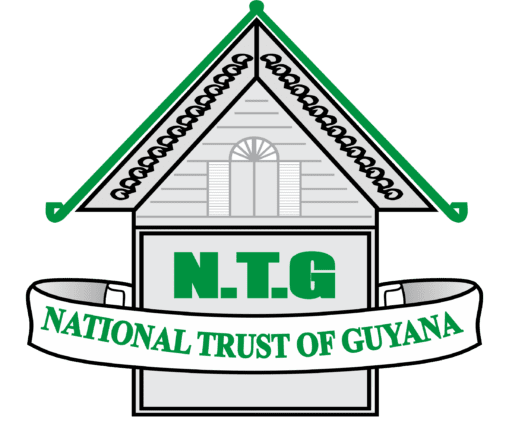Location: Le Ressouvenir, East Coast Demerara
Classification: Funerary Structure
Period/ Year Built: 19th century
Historical Background / Description:
Hermanus Hilbertus Post was a Dutch plantation owner who migrated to Demerara circa 1780. He was born in Utretcht, Holland in 1755, and is remembered for his humanitarian work among the enslaved Africans. Mr. Post is accredited for his endorsements toward the enslaved population having the right to a basic education and proper faith based teachings. Through Hermanus Post, Demerara and Berbice were significantly exposed to the work of the congregational movement that was emerging in Great Britain during that period.
After his arrival in Demerara, Mr. Post became the owner of a cotton plantation called Le Ressouvenir on the East Coast of Demerara, approximately 11.27 kilometres (7 miles) away from the then capital of Demerara, Stabroek. He was often described as a humane man with a deeply religious background. One of his earliest ventures was to establish a private school that catered to the needs of the white colonizers, government workers and their freed coloured or mulatto offspring(s).
The school was faith based and provided basic reading, writing and arithmetic skills. As time progressed on his plantation, Hermanus Post saw that there was a need for slaves to be taught the teachings of Christianity and for them to be capable of reading and writing. He wrote a letter to the London Missionary Society in 1807 requesting a minister to work among his slaves; he volunteered to provide the basic needs such as protection and other forms of assistance to the missionary stationed on his plantation.
On February 6, 1808, Reverend John Wray landed in the colony of Demerara and by the next day he was teaching the slaves on Mr. Post’s Le Resouvenir plantation. Immediately upon Wray’s arrival, Post began building a chapel which was called Bethel Chapel. On September 11, 1808, the chapel known today as the Bethel Congregational Church was opened for service; the structure had cost Mr. Post approximately £500. This church was the first religious institution to be established on the East Coast of Demerara; the church was moved to Beterverwagting in 1853. Hermanus Post did not live long after he built the church to enjoy the benefits of his work. He died on December 26, 1809 and was buried underneath a large mango tree in a cemetery located on his plantation. His funeral service was attended by many including the slaves from his and neighbouring estates. Currently, the site which is regarded as Post’s original gravesite is maintained by the National Trust.
